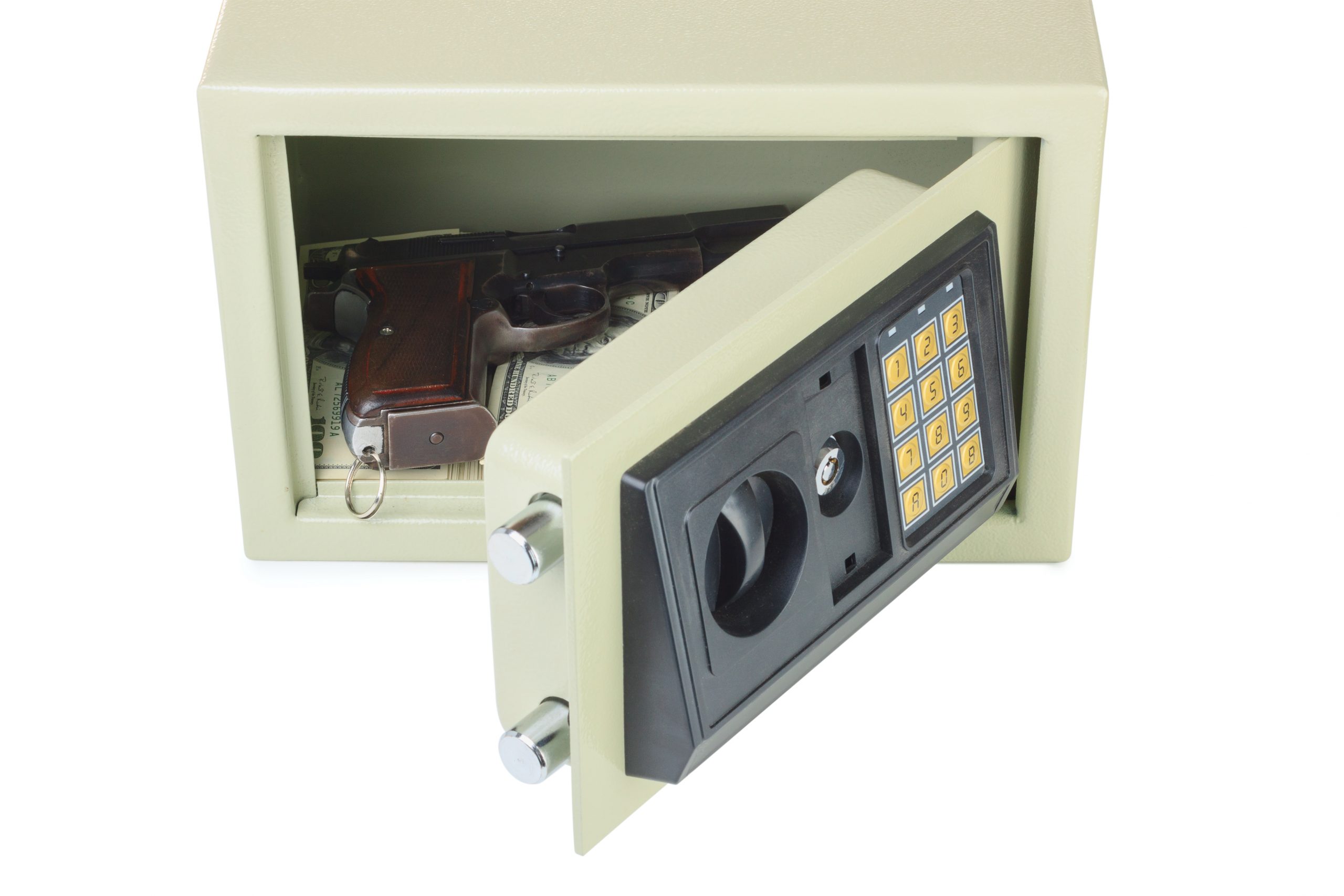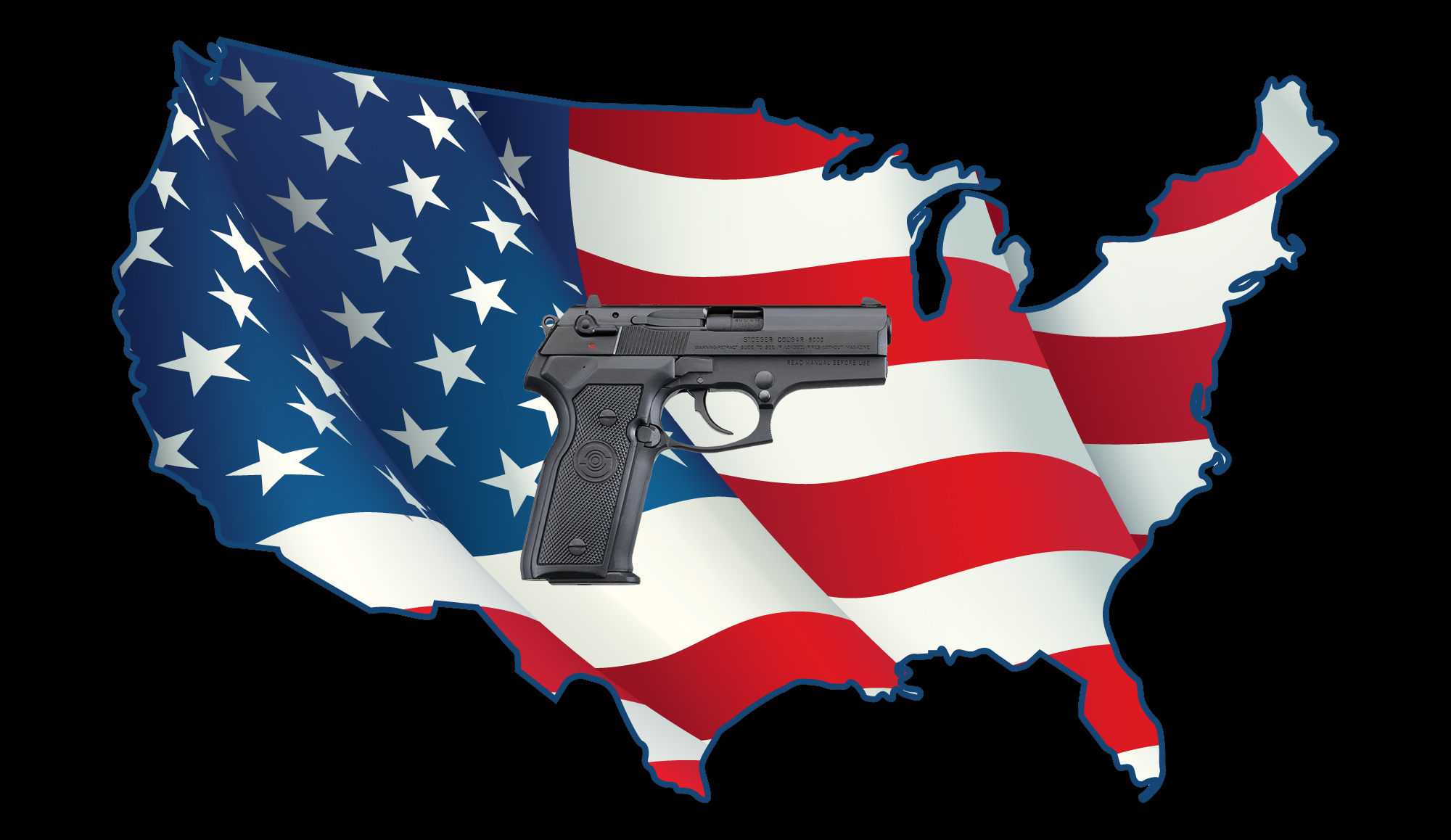1. TRUE GRIP
If your shooting grip is lacking, you’ll be more than just griping should you ever be in a situation where you need to draw your concealed carry weapon. In fact, you might find yourself on the receiving end of your own gun if you don’t know how to properly hold your concealed carry.
The WATER BOTTLE drill will train you for grip control. Sounds silly, but yep — it really works.


This is a dry fire lesson designed to show flaws in your grip and help you achieve more control and consistency.
You’ll need a buddy to help you do this.
First, make sure your weapon is NOT loaded.
This bears repeating so I’ll say it again… this exercise is strictly a dry fire drill.
Next, face your target from about 3 yards away with your pistol presented and ready to dry fire.
Begin to dry fire…

![]()
Meanwhile, your drill buddy (standing off to the side) takes an empty water bottle and lightly taps the gun area under the slide. Result: simulated recoil that allows you to analyze grip control.
A solid, rock-steady grip will elicit only minor movement when the pistol is tapped with the water bottle. If — on the other hand — the firearm bounces around unsteadily, then grip adjustment is needed.
2. JERKY TRIGGER FINGERS ARE STRICTLY FOR JERKS


If you have the bad habit of jerking the trigger, you won’t stay on target. Which means innocent bystanders are more at risk, not to mention you might as well have a water gun strapped to your hip since it will be about as effective at neutralizing potential threats.
We like to call this drill BALANCE OF POWER.
It involves balancing a coin, bullet or any small object on the slide of your concealed carry firearm.













![EDC03[3]](https://iconcealed.com/wp-content/uploads/2016/08/EDC033-scaled.jpg)